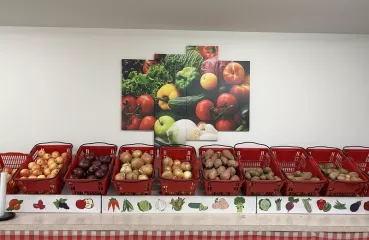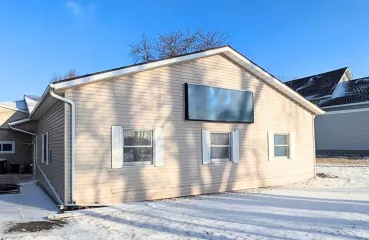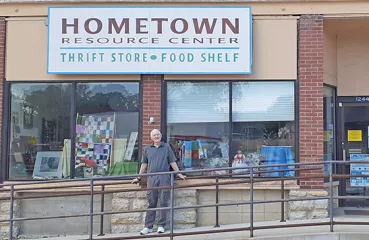84% of food shelves had an increase in demand for food over the past year.
It's more important now than ever to make sure that as many resources as possible are supporting the mission of a food shelf.
Clean energy projects are great ways to save money on energy bills, improve facilities, and provide a healthier, more inviting environment to shoppers.
CERTs offers free resources and custom project assistance so your food shelf can save money on energy use and use the savings to support the community it serves.




